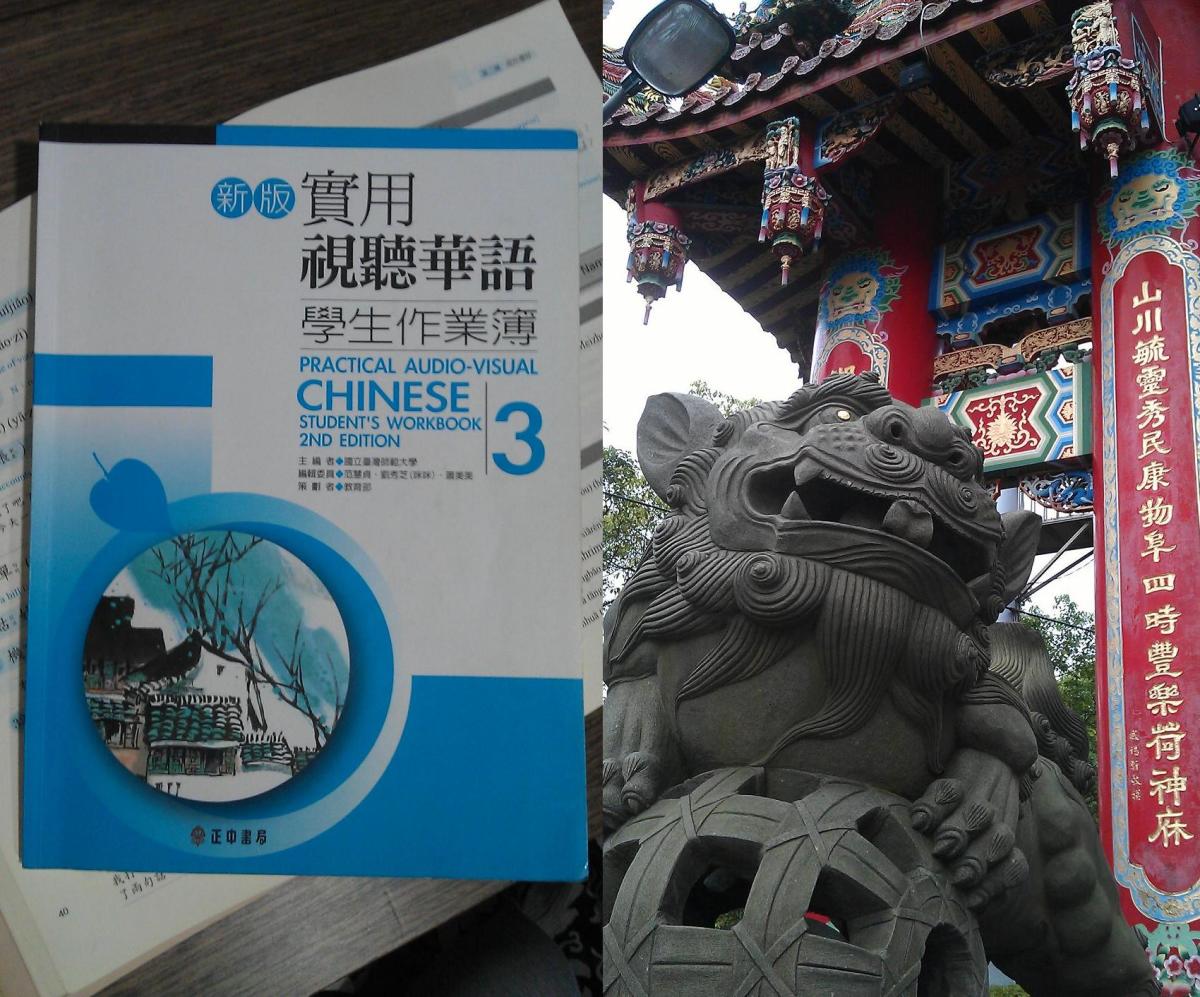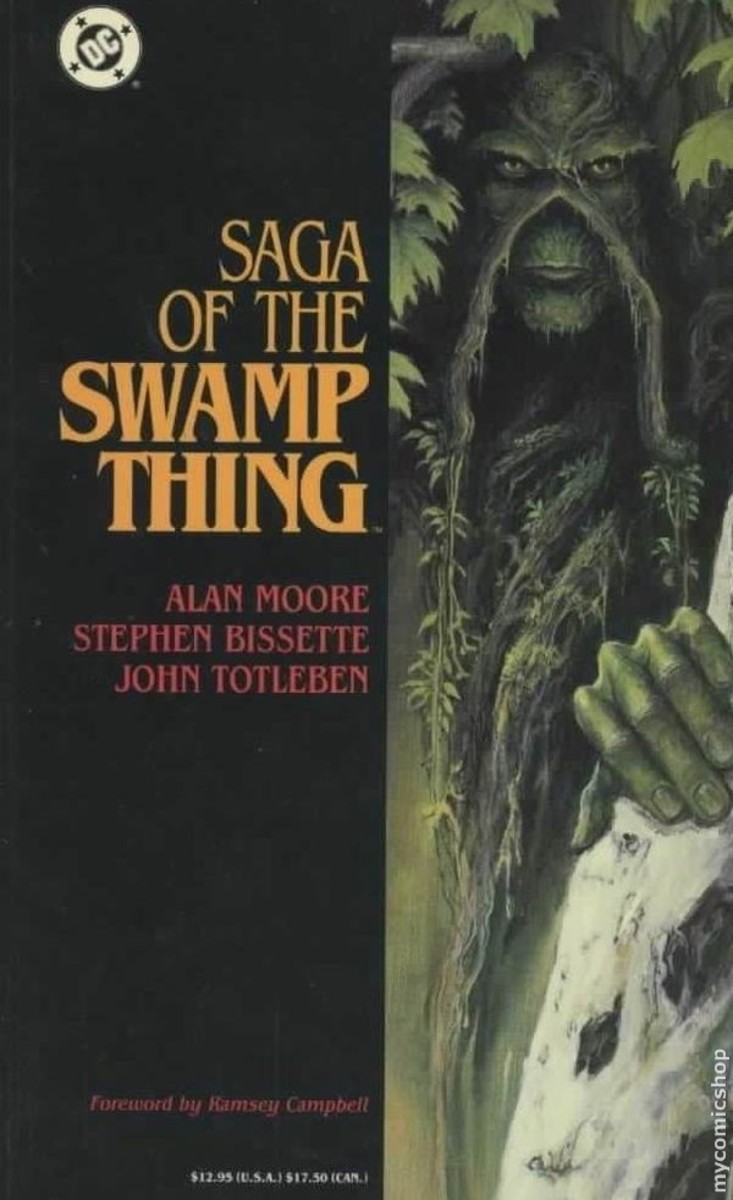Steve Kowit's "The Grammar Lesson"

Introduction and Text of "The Grammar Lesson"
Steve Kowit's "The Grammar Lesson" is a whimsical villanelle, 19 lines with the traditional rime scheme, ABAABAABAABAABAABAA, scattered among five tercets and one quatrain. The repeated lines that form the refrain plus the final refrain repetition are also present in this villanelle.
(Please note: Dr. Samuel Johnson introduced the form "rhyme" into English in the 18th century, mistakenly thinking that the term was a Greek derivative of "rythmos." Thus, "rhyme" is an etymological error. For my explanation for using only the original form "rime," please see "Rime vs Rhyme: Dr. Samuel Johnson’s Error.")
The Grammar Lesson
A noun's a thing. A verb's the thing it does.
An adjective is what describes the noun.
In "The can of beets is filled with purple fuzz"
of and with are prepositions. The's
an article, a can's a noun,
a noun's a thing. A verb's the thing it does.
A can can roll — or not. What isn't was
or might be, might meaning not yet known.
"Our can of beets is filled with purple fuzz"
is present tense. While words like our and us
are pronouns — i.e. it is moldy, they are icky brown.
A noun's a thing; a verb's the thing it does.
Is is a helping verb. It helps because
filled isn't a full verb. Can's what our owns
in "Our can of beets is filled with purple fuzz."
See? There's almost nothing to it. Just
memorize these rules...or write them down!
A noun's a thing, a verb's the thing it does.
The can of beets is filled with purple fuzz.
Commentary on "The Grammar Lesson"
This whimsical villanelle makes fun of both the poetry form and the ultimate utility of the elementary grammar lesson.
First Tercet: Beginning with the Noun
A noun's a thing. A verb's the thing it does.
An adjective is what describes the noun.
In "The can of beets is filled with purple fuzz"
The speaker pretends to offer a grammar lesson beginning with the noun, which he explains, "is a thing." Immediately, he moves on to the verb, which he defines as "what a thing does."
The reader will identify with this lesson learned in elementary school that a noun is the name of a person, place, or thing, and a verb always describes an action or state of being. The speaker concludes his first tercet with an example sentence that contains an adjective that describes the noun: "The can of beets is filled with purple fuzz."
Second Tercet: Moving on to Prepositions
of and with are prepositions. The's
an article, a can's a noun,
a noun's a thing. A verb's the thing it does.
The speaker tackles the prepositions, pointing out that "of" and "with" in the preceding sentence are prepositions. He says that "the" is an article; he notes that "can" is a noun, and then he repeats the definition of noun, "a noun's a thing." He also repeats, "A verb's the thing it does."
The poet finds himself in a lucky position: the villanelle requires repetition, and so does teaching a grammar lesson. Thus, this happy situation provides the poet and his speaker with the tools simply to have some whimsical fun.
Third Tercet: Both Noun and Verb
A can can roll — or not. What isn't was
or might be, might meaning not yet known.
"Our can of beets is filled with purple fuzz"
The speaker continues his lesson by illustrating the interesting fact that both "can" as a noun and "can" as a verb exist side by side in the language: "A can can roll or not." He then tackles the curiosity of tenses, emphasizing that "might" means "not yet known." Returning to the can of beets, he uses the line, "Our can of beets is filled with purple fuzz," to demonstrate the tense of the be verb, which he carries on into the next tercet.
Fourth Tercet: Pronoun
is present tense. While words like our and us
are pronouns — i.e. it is moldy, they are icky brown.
A noun's a thing; a verb's the thing it does.
Here the reader discovers that "is" is present tense, as exemplified in the can of beets example. The speaker next moves on to pronouns, stating that words like "our and us / are pronouns." Clinging to the can of beets image, he offers further examples of pronouns: "it is moldy" and "they are icky brown." And yet again, the required return to refrain, "A noun's a thing; a verb's the thing it does. "
Fifth Tercet: Verb That Helps
Is is a helping verb. It helps because
filled isn't a full verb. Can's what our owns
in "Our can of beets is filled with purple fuzz."
Explaining the nature of the helping verb, the speaker elucidates that "is" is a helping verb because "filled" is not a full verb; thus it requires a helper. He then returns to the pronoun, this time explaining the possessive pronoun's use, "Can's what our owns." Of course, he is once again referring back to his sample sentence, "Our can of beets is filled with purple fuzz."
Quatrain: The Weariness of Grammar
See? There's almost nothing to it. Just
memorize these rules...or write them down!
A noun's a thing, a verb's the thing it does.
The can of beets is filled with purple fuzz.
Quite possibly growing weary of his grammar lesson, the speaker decided to sum up. He first asks his phantom student, "See?" And continues by claiming that grammar lessons are really quite simple. The speaker then admonishes his student to simply "memorize these rules . . . or write them down!" To which he attaches the requisite, final repetition: "A noun's a thing, a verb's the thing it does. / The can of beets is filled with purple fuzz."
Library of Congress Brief Bio of Steve Kowit
Steve Kowit (1938-2015) was a poet, essayist, teacher, and workshop facilitator. He published thirteen poetry collections, including "Cherish: New and Selected Poems" (University of Tampa Press, 2015).
This content is accurate and true to the best of the author’s knowledge and is not meant to substitute for formal and individualized advice from a qualified professional.
© 2024 Linda Sue Grimes







